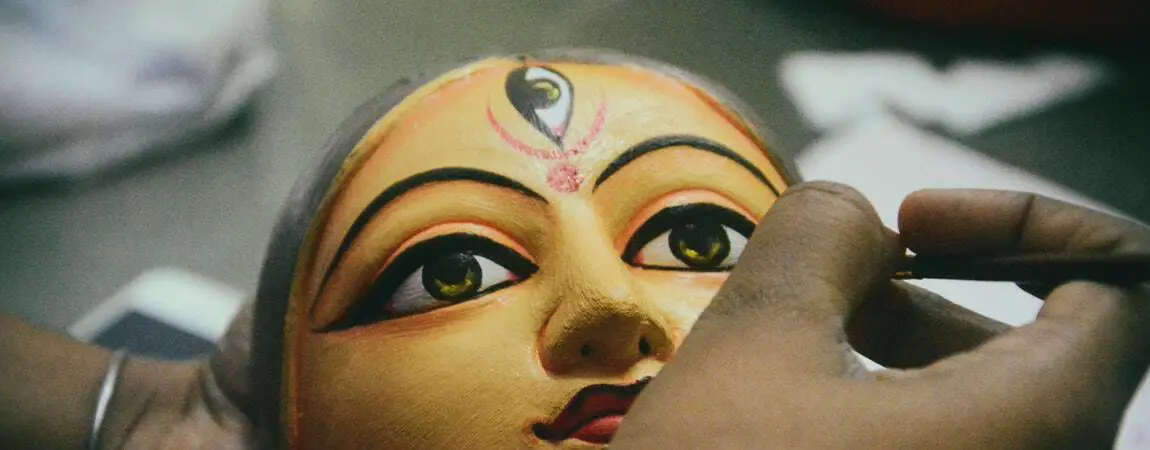Bangabdha has a total of 12 months. Bengali 12 month has some history so before knowing 12-month name let’s explore the history of those names.
Bangabdha initiation
There are two types of Bangabdha initiation.
According to the first view – King Shashanka of ancient Bengal (Gaur) started the Bangabdha (approximately 590-625 AD). At the beginning of the seventh century, Shashanka was the king chakra king of Bengal. His kingdom was included in modern Bengal, Bihar area. It is estimated that on July 18, 594 and the Gregorian Calendar on Thursday, March 20, 594 began on Saturday.
According to the second view– all activities according to the Islamic calendar were carried out in accordance with the Hijri calendar. The original Hijri calendar is dependent on lunar month. The lunar year is 11/12 days less than the solar year. Because the solar year is 365 days, and the lunar year is 354 days. That is why the seasons do not match with lunar year. And in Bengal, there is a lot of farming and many such things that are seasonal. For this reason, it was decided that in the time of Mughal emperor Akbar, the transformation of the Hijri lunar pangika into solar pangika was made. Emperor Akbar gave the responsibility of transforming the eminent astronomer Amir Fathullah Sirajee from Iran the Hijri lunar calendar to solar calendar. According to the recommendation of Fathullah Shiraz, according to the Persian calendar in Persia, 992 AH, in 1584 AD, emperor Akbar started the solar calendar.
However, he ordered that the calendar be started from the year of his ascension twenty-five years ago. For this, the counting of Bangabdha started from 963 AH. The month of Muharram in 963 AH was the Bengali month of Baishakh, that is why Baishakh is the month of Bangabdha or the first month of Bangla calendar and 1st Baishakh is considered the New Year. According to Shamsuzzaman Khan and Nitish Sengupta, the origins of the Bangla calendar are not clear. This origin can have both Islamic influence and Buddhism or Hindu influence.
The old form of Bengali Calendar
According to astronomers, solar months are determined, based on the sun’s direction. Different positions of the Sun are judged by the other stars in the sky. Ancient astronomers divided the sky into 12 parts according to the sun’s annual position. They gave a name to the zodiac sign. And the complete rotation cycle, which consists of 12 zodiac signs, is named after zodiac. These names are- Aries, bullion, Gemini, Karkat, Lion Star, daughter Star, Cotton, Star, Scorpio, Aries, Capricorn, Aquarius, and Pisces. In view of the annual position of the sun, the sun stays at any of bale. According to the Sun, when the sun goes from one star to another, it is called Sankranti. In the situation consideration, 12 Sankranti are available in one year. Each Sankranti is deemed to be the last day of each month.
The day on which the sun reached 0-degree longitude between 12 and the next day it is 1st Baishakh (Pahela Baishakh). Basically after crossed one Sankranti and reached to new Sankranti, this time complete one month. It is observed that the sun does not take the same time to cross each star according to the navigation.
In this case, it may take time to cross each other of the Sun during the period, 29, 30, 31 or 32 days. That’s why every year the number of different months is not equal. According to this traditional calendar, the year is not season-based. Each month gradually lagging behind the main season.
Reformed Bengali Calendar for Bangla 1424 (বাংলা ক্যালেন্ডার ১৪২৪)
The initiative was taken by Bangla Academy on 17 February 1966. Under the leadership of Dr. Muhammad Shahidullah, this committee presents some problems and obstacles in the socio-cultural life of the rural people in different Bengali months and seasons, and offer them the passage. The extent of Bengali is 365 days, just like the Gregorian Calendar. However, the exact timing of the sun’s orbital sunlight has been taken exactly. The total time of this roundabout is 365 days 5 hours 48 minutes and 47 seconds. To overcome this gap an extra day is added to the Gregorian calendar in February of every four years. The exception is that in centuries that centuries can’t be divided by 400 or divisible. Although astronomy was dependent, this additional day was not adopted in Bengal. The month of Bangla month is different from different months. To overcome these problems, Dr. Muhammad Shahidullah Committee submitted some proposals to the Bangla Academy.
These are:
A. The first five months of the year, from Baishakh to Bhadra will be 31 days month
B. The remaining months from Ashwin to Chaitya will be 30 days month
C. For every fourth year in Falgun, one day will be added and will be 31 days month
In Bangladesh, the Bangla Academy officially accepts this revised Bangla month. Although Bengalis of West Bengal, Assam, and Tripura in India use old form Calendar.
Bangabdha is named 12 months based on the particular star’s position in the Moon’s rotation in the constellation. These names have been received from the ancient book “Shurzoshiddhanto” on astronomy.
Here is the calendar to check the latest Bangla Dates. Download the PDF if you want or you can view it below:
Bangla-Calendar-1424_belovedbdBengali 12 month Name
Here is the Bangla 12 Month name in English and Bengali (so that you can pronounce them easily and memorise easily).
- Baishakh – বৈশাখ
- Joiustho – জ্যৈষ্ঠ
- Asher – আষাঢ়
- Shrabon – শ্রাবণ
- Bhadra – ভাদ্র
- Ashwin – আশ্বিন
- Kartik – কার্তিক
- Aggrahayon – অগ্রহায়ণ
- Powosh – পৌষ
- Magh – মাঘ
- Falgun – ফাল্গুন
- Chaityra – চৈত্র

